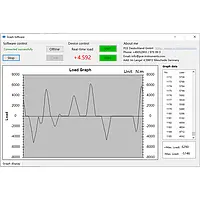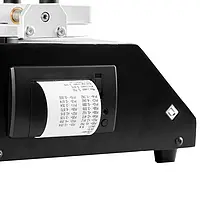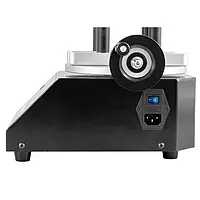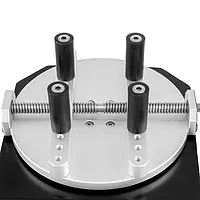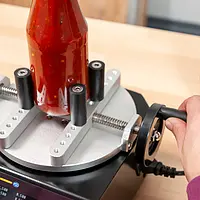Force Gage PCE-CTT 2
Force Gage for drinking bottles for sample sizes up to 200 mm (7.9 in) / Software for analysis /
Left and right direction of rotation / Rubberized holder device / Statistical evaluation
The force gage for drinking bottles was developed to determine the torque of screw caps on drinking bottles and similar containers in a stationary manner. This measurement with the force gage for drinking bottles is particularly important to find out whether the containers are properly closed. If the containers are not properly closed, the food they contain could rot prematurely, for example. Therefore, this measuring method with the force gage for drinking bottles is particularly necessary in the food industry.
It doesn't matter whether the bottle force gage is used in the laboratory or in production. The turntable of the force gage for drinking bottles can hold samples with a diameter between 20 and 200 mm. A crank attached to the side of the force gage for drinking bottles enables stepless and flexible adjustment of the transducer. Thanks to the crank, samples can be mounted quickly and easily.
Various functions are available for the analysis of the force gauge for drinking bottles. For example, the current measured values can be displayed on the force gauge for drinking bottles. The peak value (PEAK) can also be displayed on the torque meter for drinking bottles.
A direct connection to a PC can be established via the USB interface on the force gauge for drinking bottles. The software can then be used to depict a graphical and tabular course of the measurement process from the force gauge for drinking bottles. The measurement data stored by the torque meter for drinking bottles can also be called up and processed using the software.
The recorded measurement data can be printed out at the touch of a button via the printer integrated on the side of the force gauge for drinking bottles. In order not to print all memory locations at the same time, the force gauge for drinking bottles offers the option of limiting the memory locations when printing.

